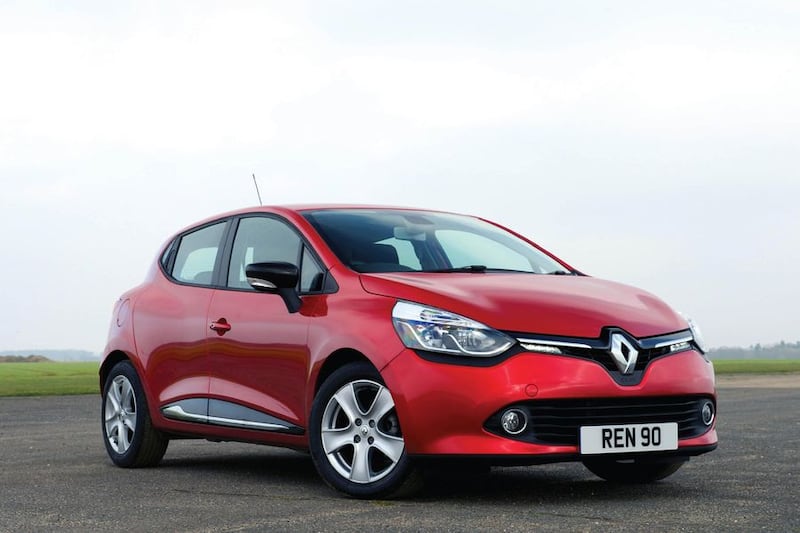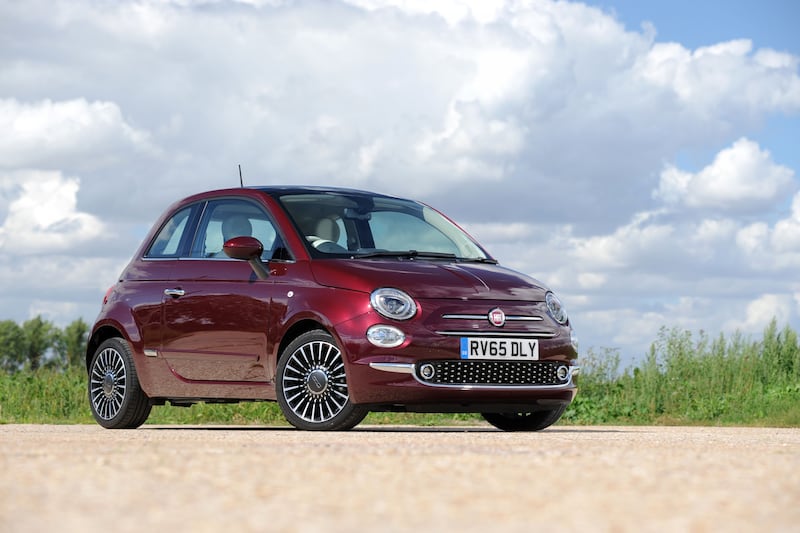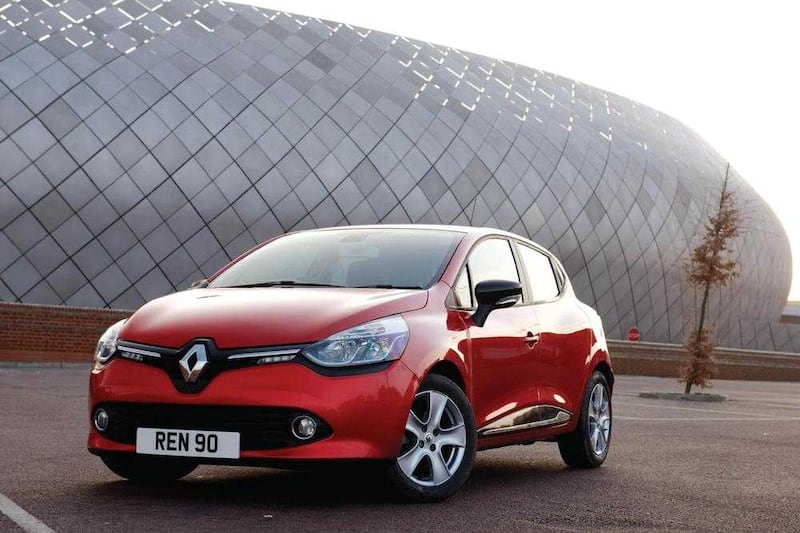OFFICIAL fuel consumption figures are calculated under carefully-controlled conditions as part of an EU-wide standard.
Cars are placed on a rolling road in a laboratory with an ambient temperature of between 20C and 30C.
Three different fuel consumption figures are recorded: urban; extra-urban; and combined.
The urban test cycle is carried out from a cold start and is supposed to replicate town or city stop-start driving, meaning the car is accelerated, decelerated, held at a steady speed and allowed to idle. The car isn’t allowed to exceed 31mph, must have an average speed of 12mph and covers just 2.5 miles.
The extra-urban figure is recorded immediately after the urban cycle test, meaning the engine is warmed through. Half the test involves driving at a constant speed, with accelerations, decelerations and some idling making up the rest. The top speed is 75mph and the average is 39mph, with a distance covered of 4.3 miles.
The combined figure takes the average of urban and extra-urban tests, weighted according to the distances covered in each. The g/km CO2 figure is also taken from the combined test.
The EU combined figure is regarded as the most representative of every-day driving, which is why it is so widely quoted..
However, as you can see from the method used to calculate 'official' fuel consumption, it is unsurprising that the EU figures fail to match up with the reality of how often you visit the filling station forecourt.
A new test is due to be phased in later this year, and it is hoped it will be a more accurate reflection of 'real world' fuel consumption. More about the WLTP test can be read here.
In Drive, we give the EU combined figure for each car tested and, where possible, a 'real world' figure reflecting its performance during its time with The Irish News.





